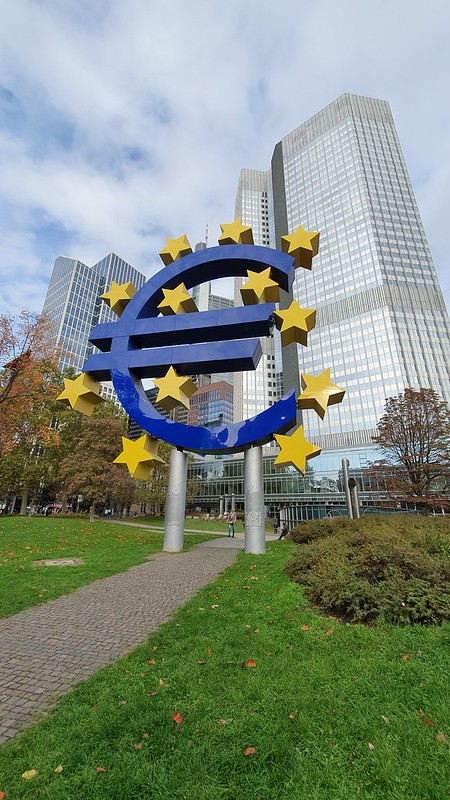
German inflation has eased to its lowest level in almost three years, according to data released by the federal statistics office on Friday. In March, inflation in Europe's largest economy slowed
to 2.3%, driven by lower food and energy prices. This marks a decrease from the 2.7% year-on-year rise recorded in February and is the lowest level since June 2021.
German Finance Minister Christian Lindner commented on the easing inflation, emphasizing the importance of continuing fiscal policies, including adherence to the debt brake, a constitutional provision limiting the public deficit to 0.35% of gross domestic product. Lindner also highlighted the risks associated with expansionary public finances, citing concerns about potential inflationary pressures.
The European Central Bank (ECB) has maintained its record-high interest rates but hinted at the possibility of rate cuts in June. However, uncertainty remains due to questions about whether the Federal Reserve will also cut rates amid persistently high U.S. inflation.
Core inflation in Germany, excluding volatile food and energy prices, decreased slightly to 3.3% in March from 3.4% in February. The ECB closely monitors underlying inflation to assess the sustainability of price pressures.
Ruth Brand, president of the statistics office, noted that food prices decreased by 0.7% year-on-year in March 2024, the first such decline since February 2015. Energy prices also fell by 2.7% compared to the previous year, contributing to the overall decrease in headline inflation.
Despite the decline in energy prices, core inflation remains relatively stable, supported by rising service prices driven by increasing wage costs and higher rents. Service prices rose by 3.7% year-on-year in March, with rents contributing significantly to this increase.
However, some of the inflationary pressure can be attributed to temporary factors, such as the early Easter holiday, which led to a sharp increase in airfare prices. Economists expect services inflation to moderate in April as these temporary effects subside, potentially pulling core inflation down significantly.
While service prices increased, the prices of goods rose by 1.0% year-on-year, below the overall inflation rate. This divergence suggests that the drivers of inflation in Germany are multifaceted and may vary across different sectors of the economy.






































